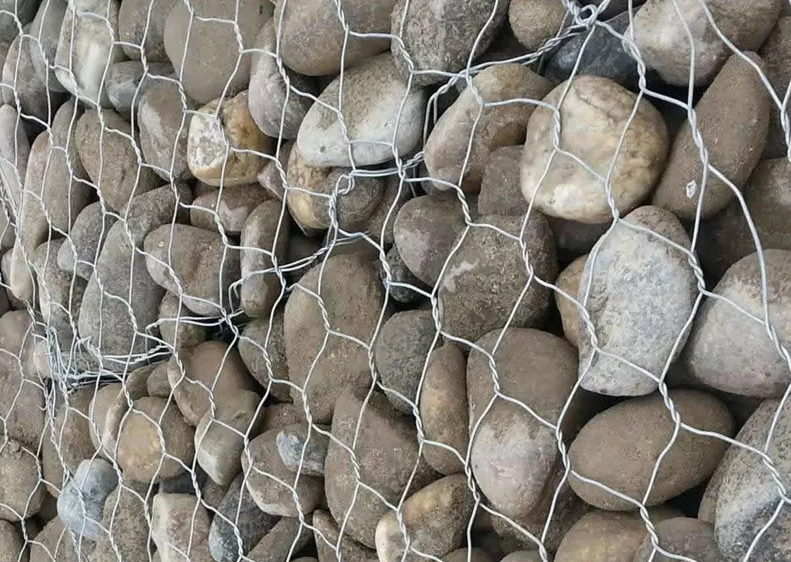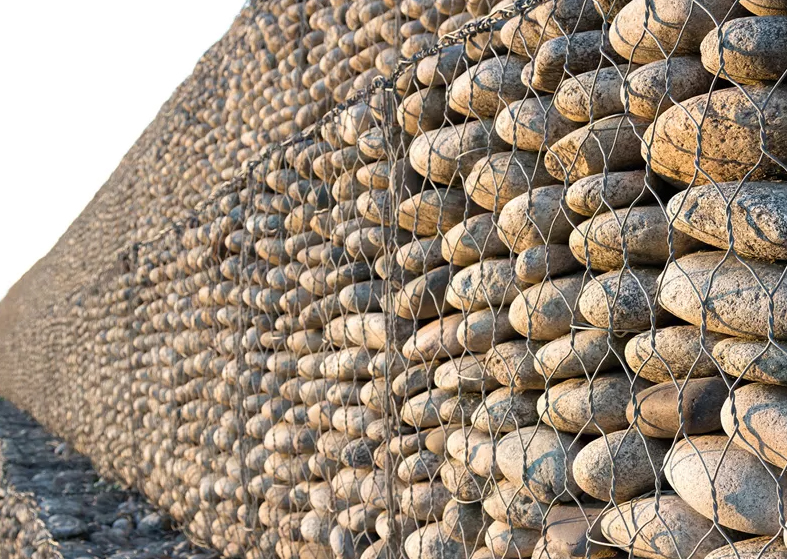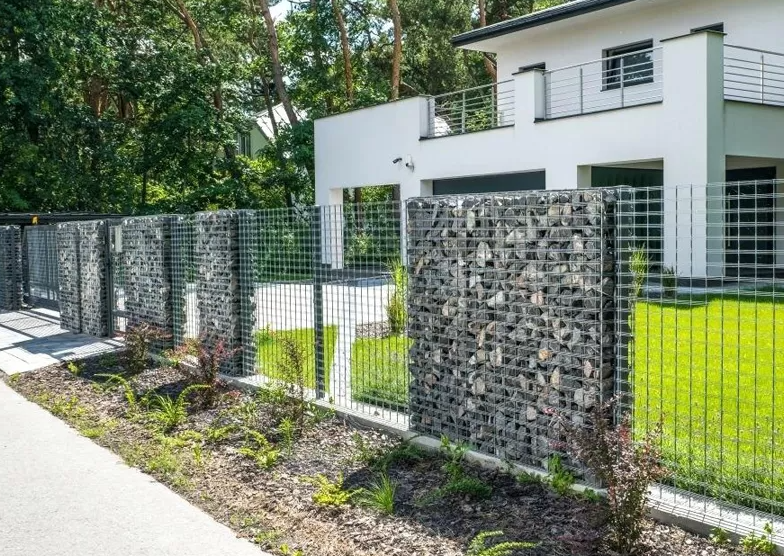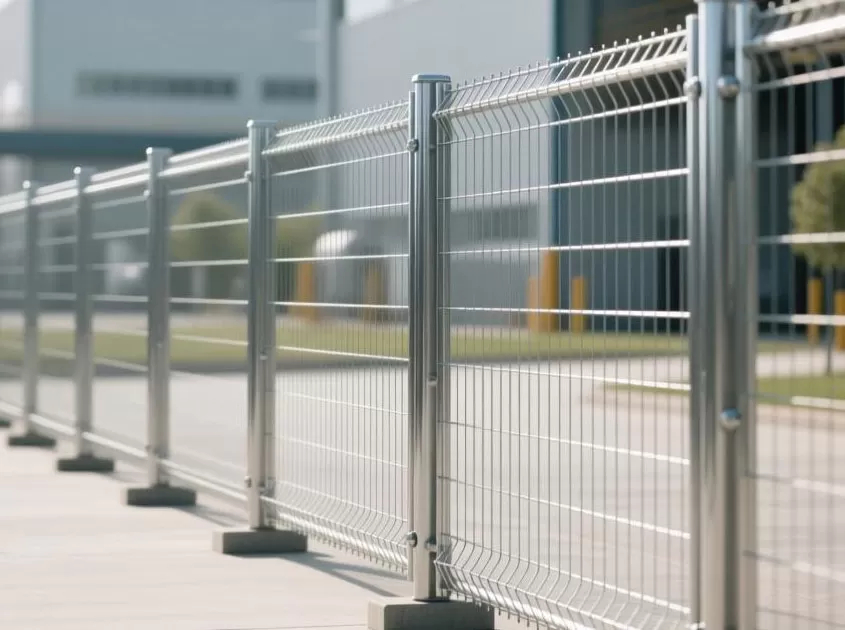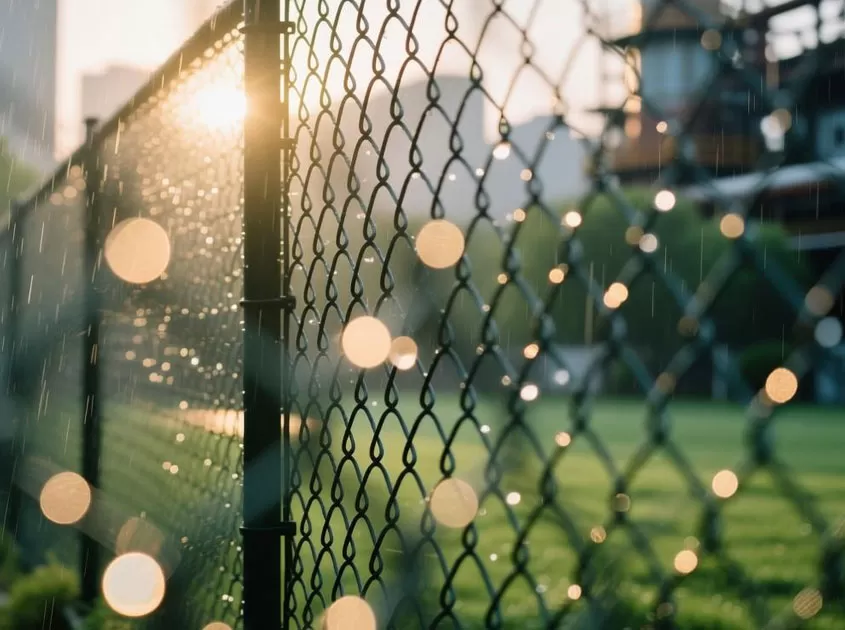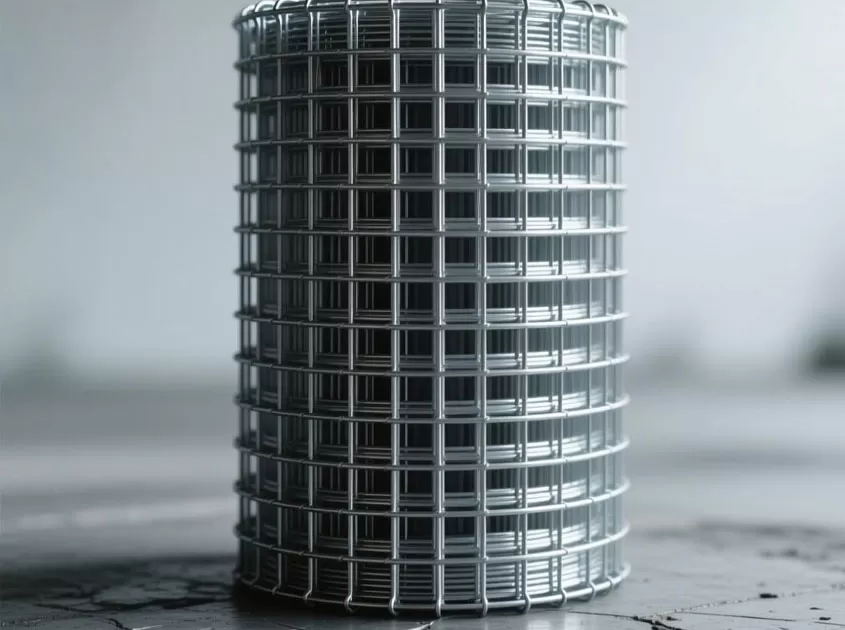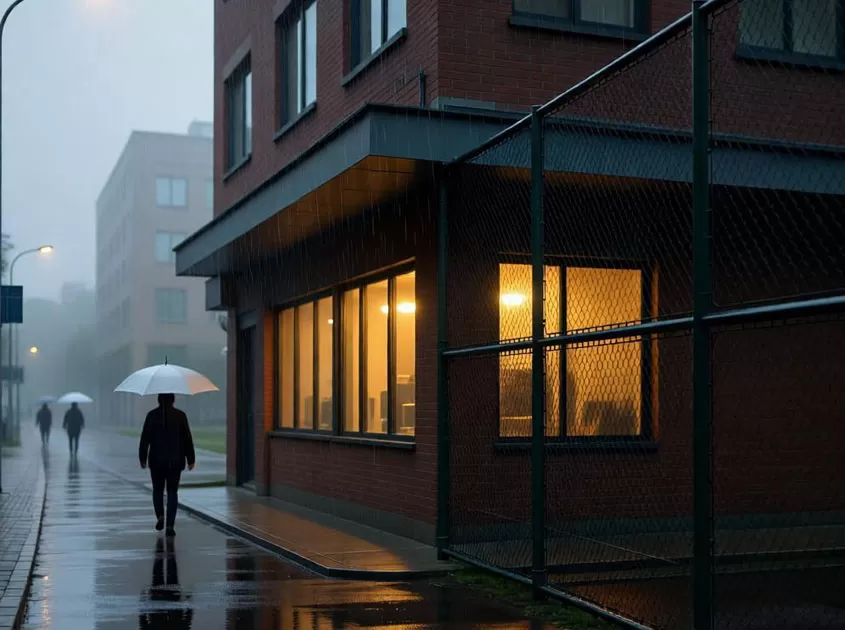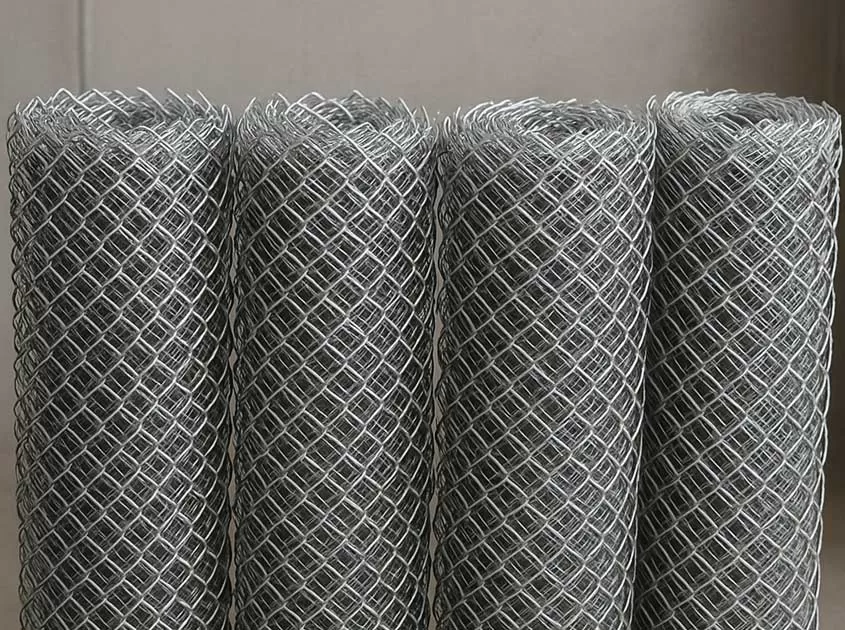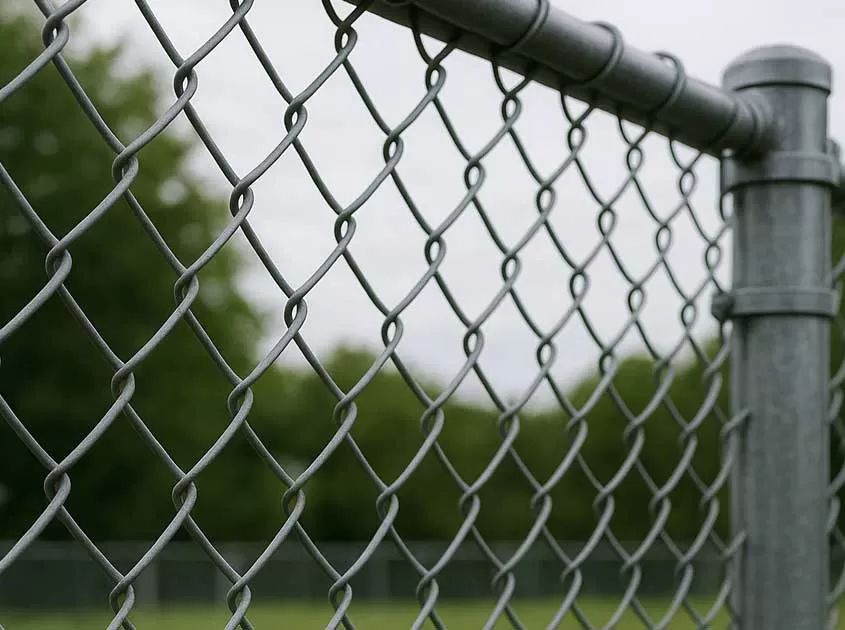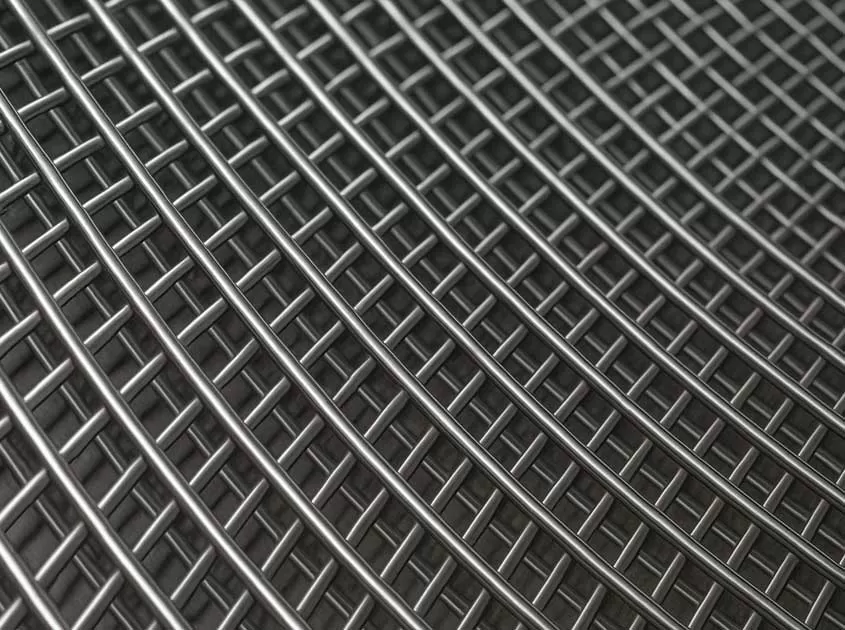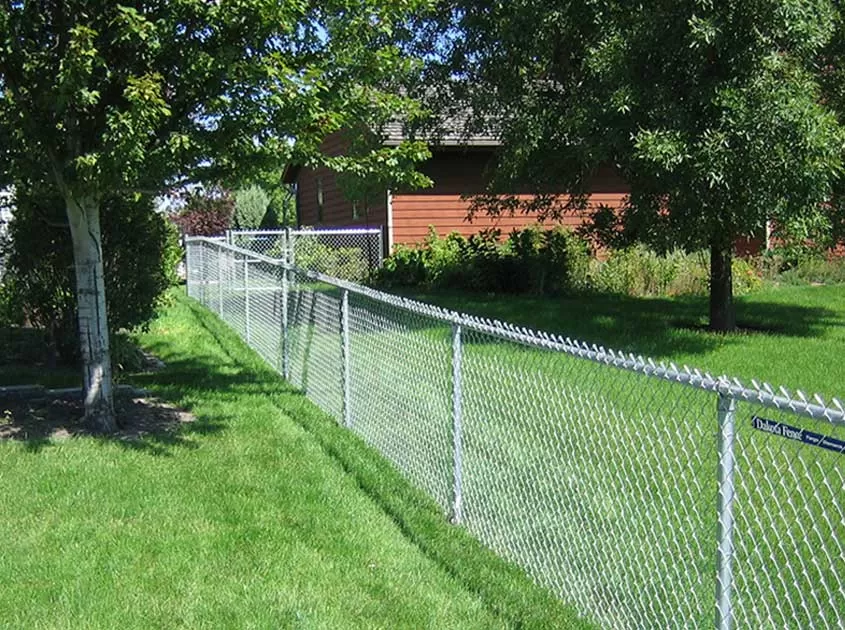Gabion Applications and Benefits
Gabions are versatile and durable structures made from wire mesh baskets filled with stones, gravel, or other materials. These structures have gained popularity in civil engineering, construction, and landscaping due to their effectiveness, environmental friendliness, and cost-efficiency. Whether used for erosion control, flood protection, or aesthetic purposes, gabions offer a range of applications and benefits. In this article, we’ll explore the key uses of gabions and the advantages they provide in various projects.
1. What Are Gabions?
Gabions are large wire mesh containers or baskets filled with stones, rocks, or other durable materials. The term "gabion" comes from the Italian word *gab
bione*, meaning "big cage," which is a fitting description of the structure. Typically made from galvanized steel, PVC-coated wire, or other corrosion-resistant materials, gabions are designed to withstand harsh environmental conditions.
Structure: Gabions consist of wire baskets or cages that are filled with rocks, stones, or gravel. The baskets are typically rectangular or cubic in shape, but custom sizes can be made to fit specific needs.
Material: The filling material used in gabions can range from natural stones, crushed rock, to even concrete debris, depending on the intended use.
Durability: Gabions are designed to be long-lasting and resistant to weathering, erosion, and corrosion, making them ideal for outdoor applications.
Now that we have a better understanding of what gabions are, let’s dive into the various applications and benefits they provide in construction, landscaping, and other industries.
2. Erosion Control and Slope Stabilization
One of the most common applications of gabions is for erosion control and slope stabilization. In areas where soil erosion is a concern, such as riverbanks, hillsides, or coastal zones, gabions provide a practical solution to prevent the movement of soil and protect the landscape from further damage.
Prevents Erosion: The weight of the stones within gabions acts as a barrier, reducing the impact of water flow and preventing soil from being washed away.
Stabilizes Slopes: Gabions are often used to reinforce steep slopes, providing additional support to prevent landslides or slippage.
Natural Appearance: Since gabions use natural stones, they blend seamlessly into the environment, creating a more aesthetically pleasing and eco-friendly solution compared to concrete barriers.
Gabions are particularly useful in locations where the erosion risk is high and traditional methods, such as concrete walls, might be too expensive or unsightly.
3. Flood Protection and Riverbank Reinforcement
In flood-prone areas, gabions can serve as an effective barrier against rising water levels. Gabions are often used for riverbank reinforcement and flood protection projects, especially in areas where flooding is frequent and destructive.
Flood Barriers: Gabions can be stacked to create flood barriers that resist the force of water, protecting valuable land and property from flood damage.
Riverbank Protection: By lining riverbanks with gabions, communities can protect vital infrastructure, such as roads and buildings, from erosion caused by water flow.
Absorb Water Pressure: The loose structure of gabions allows water to filter through the baskets, reducing hydrostatic pressure and minimizing the risk of damage from flooding.
As a cost-effective and reliable solution, gabions can be deployed quickly to mitigate the effects of flooding, offering long-term protection with minimal environmental impact.
4. Retaining Walls and Structural Support
Gabions are frequently used to create retaining walls for both residential and commercial construction. Retaining walls are essential for supporting elevated areas of soil or preventing the shifting of soil on slopes. Gabions offer a flexible and efficient method for building these walls, ensuring both strength and aesthetic appeal.
Structural Integrity: The combination of wire mesh and stone filling provides a strong, stable structure capable of withstanding heavy loads and lateral forces, such as soil pressure.
Cost-Effective Construction: Gabions are often more affordable to construct compared to traditional concrete retaining walls due to the availability of materials and ease of assembly.
Versatile Design: Gabions can be customized to fit various shapes and sizes, offering design flexibility for both functional and decorative purposes.
Gabions offer an ideal alternative to traditional retaining walls, providing both strength and beauty while requiring less maintenance over time.
5. Landscaping and Aesthetic Features
Beyond their practical applications, gabions are also used for landscaping and aesthetic purposes. Their unique design and natural appearance make them popular choices for garden walls, decorative features, and other landscaping elements.
Garden Walls: Gabions can be used to create visually appealing garden walls that add texture and depth to outdoor spaces while also providing functional benefits, such as privacy and noise reduction.
Water Features: Gabions are often incorporated into water features, such as ponds, streams, and waterfalls, providing a natural, rustic look while also serving a structural purpose.
Outdoor Furniture: In some cases, gabions are used to build outdoor furniture, such as benches or tables, combining form and function in a visually striking way.
By using gabions in landscaping, homeowners and designers can create functional, sustainable, and visually appealing outdoor spaces that require minimal maintenance.
6. Environmental Benefits of Gabions
Gabions provide several environmental benefits, making them an eco-friendly choice for various construction and landscaping applications. Some of the key environmental advantages include:
Natural Materials: Gabions use natural materials such as stones and gravel, which are readily available and have minimal environmental impact compared to man-made building materials.
Sustainable Solution: Since gabions do not require energy-intensive production processes, they are considered more sustainable than traditional building materials like concrete or steel.
Recyclable Components: Gabions are made from wire mesh, which can be recycled at the end of its lifecycle, reducing waste and promoting sustainability.
Gabions are a great example of how construction materials can be designed to serve both functional and environmental purposes, supporting sustainable development in various projects.
7. Ease of Installation and Maintenance
Another advantage of gabions is their ease of installation. Compared to traditional construction methods, gabions are relatively simple to assemble, requiring fewer tools and labor. This makes them an attractive choice for projects where time and cost efficiency are important considerations.
Quick Assembly: Gabions can be quickly assembled on-site by filling the mesh baskets with stones, which makes them ideal for both small and large-scale projects.
Low Maintenance: Once installed, gabions require very little maintenance. The materials used are durable and long-lasting, which means they can withstand the elements for many years without the need for frequent repairs.
Flexible Use: Gabions can be easily relocated or modified if necessary, offering flexibility for ongoing construction or landscaping projects.
Gabions are a low-maintenance, cost-effective solution for various projects, with the added benefit of being easy to install and modify as needed.
8. Conclusion
Gabions have become a highly popular and versatile solution in construction, landscaping, and environmental protection projects. Their ability to provide effective erosion control, flood protection, structural support, and aesthetic value makes them an ideal choice for a wide range of applications. Additionally, their environmental benefits, ease of installation, and long-term durability ensure that gabions remain a cost-effective and sustainable option for both residential and commercial projects. Whether you are building a retaining wall, reinforcing a riverbank, or designing a garden feature, gabions provide a functional and eco-friendly solution that benefits both the environment and the project at hand.
Related Post:
Buyer’s Guide for Gabion Baskets
Welded Gabion: Complete Guide to FAQs
-
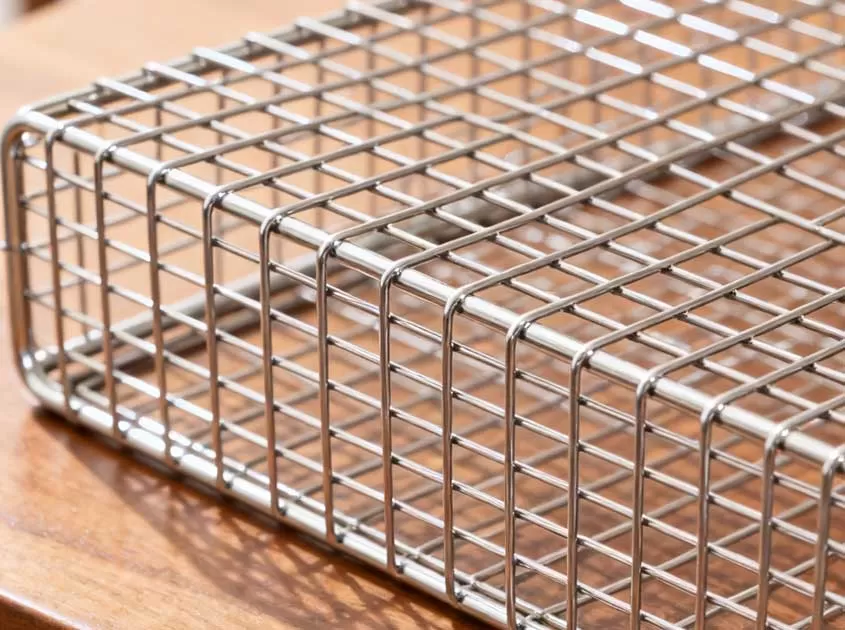 Corrosion-Resistant Stainless Steel Wire Mesh Oct 28, 2025
Corrosion-Resistant Stainless Steel Wire Mesh Oct 28, 2025

- Tel.: +86 311 83077076
- E-mail: sales@qunkunmetal.com
- Skype: qunkunsales01
- WhatsApp: 8618032412189
- Add.: No.69 The Filter Industrial Part of Anping, Hebei, China




